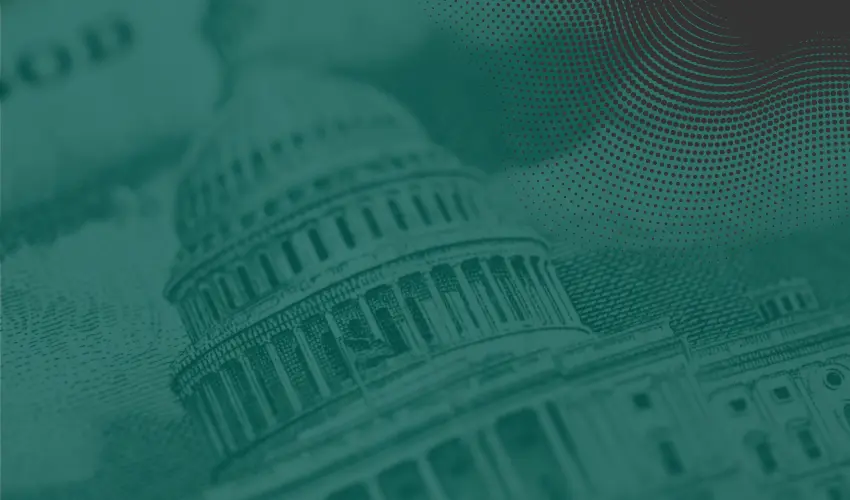Understanding SECURE 2.0

The Consolidated Appropriations Act, 2023, passed Congress and was signed by the President on Dec 29, 2023 (the “date of enactment”). Division T, dubbed “Secure Act 2.0”, enacts 90 provisions aimed at expanding coverage and increasing retirement savings. Many of these provisions take effect January 1, 2023 so advisors and plan sponsors may need to take proactive steps right away.
Presenters:
- John R. Nelson, Esq. Managing Director
The Consolidated Appropriations Act, 2023, passed Congress and was signed by the President on December 29, 2023. Division T, dubbed "Secure Act 2.0", enacts 90 provisions aimed at expanding coverage and increasing retirement savings.
Managing Director, John Nelson, sat down to share his thoughts on several of the provisions that affect 401(k) and 403(b) retirement plans. A few of the topics include expanding automatic enrollment in retirement plans, increasing the age for minimum required distributions, raising catch-up limits, etc.
Section 101 of the SECURE Act requires 401(k) and 403(b) plans to automatically enroll participants in the respective plans upon becoming eligible (the employees may opt out of coverage). The initial automatic enrollment amount is at least 3 percent and no more than 10 percent. Section 101 is effective for plan years beginning after December 31, 2024.
Saver’s Match, Section 103, is another provision that is effective for taxable years beginning after December 31, 2026. The current law provides for a nonrefundable credit for certain individuals who make contributions to individual retirement accounts (IRAs) and employer retirement plans (401(k) and 402(b) plans). Section 103 repeals and replaces the credit with respect to IRA and retirement plan contributions, changing it from a credit paid in cash as part of a tax refund into a federal matching contribution that must be deposited into a taxpayer’s IRA or retirement plan. This match goes to the "applicable retirement savings vehicle" chosen by the participant.
Under current law, participants are generally required to begin taking distributions from their retirement plans at age 72. That said, Section 107 further increases the required minimum distribution age to 73 starting on January 1, 2023, and increases the age further to 75 starting on January 1, 2033.
Download the presentation here
________________________________________
Looking for more information?
Contact the RPAG Support Team at support@rpag.com to learn more about RPAG and get help with our platform, suite of services, next-gen technology, or anything else!



